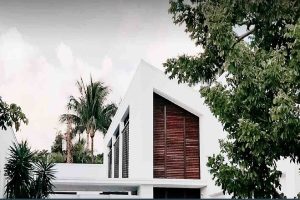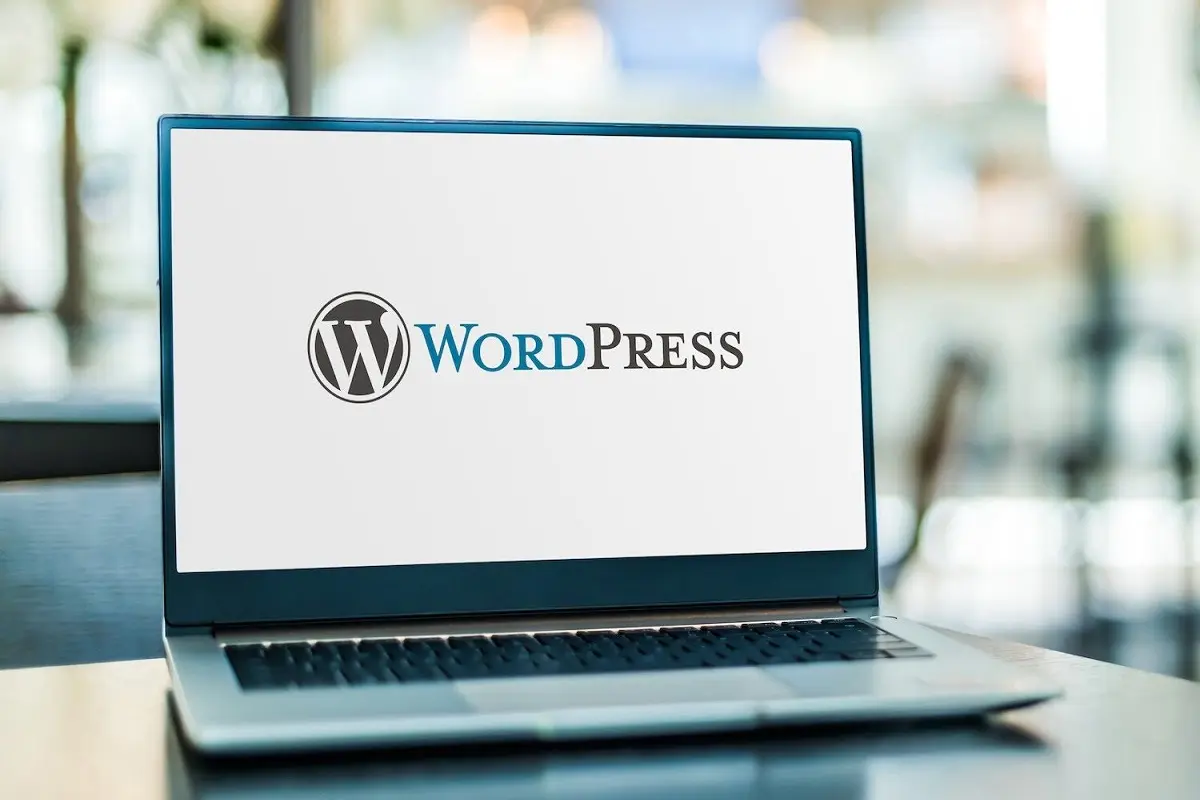
Real estate website design in UAE
Real estate website design in UAE:
Features of real estate website design in the UAE:
Real estate website design is the process of designing and creating a professional and efficient website to display real estate and services related to real estate.
These websites are made in order to show different properties to customers and applicants, promote marketing and increase customers’ trust in real estate business.
Real estate website design includes several important steps, which include:
Real estate website design in UAE
Real estate website design in UAE
Real estate site design planning and research:
At this stage, the needs and preferences of the target audience and customers, the types of properties available in the market, competitors and similar websites are examined.
Also, planning is done to determine the exact goals and functions of the real estate website.
User interface (UI) and user experience (UX) design:
User interface (UI) design is important for the attractive and professional appearance of the website and creating a positive and comfortable user experience (UX) for users.
Website design should be simple and usable for users so that customers can easily use the facilities and information available on the website.
Show properties and their details:
One of the important features of the real estate site is to display different properties in an attractive and efficient way.
Among the items that are considered in this section are the use of high-quality images, image galleries, location maps, detailed property information, and features and amenities associated with each property.
Communication with real estate consultants:
One of the importance of a real estate website is to establish a direct and fast connection with real estate consultants.
Contact forms and contact information of consultants on the website should be designed in an attractive and usable way for customers.
Real estate website design in UAE
Real estate website design in UAE
Search Engine Optimization (SEO):
The design of the real estate website is such that it can be seen better in the search engine results.
Constantly updating the website with new content and using search engine optimization (SEO) techniques will increase rankings and attract traffic.
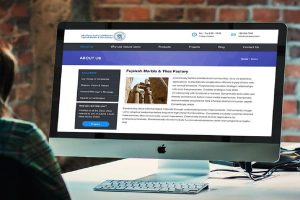
Security and privacy of real estate website design in the UAE:
One of the important points in real estate website design is the security of customers’ information and their privacy.
Ensuring that customer information is properly protected is very important and will benefit from increasing customer confidence in the real estate business.
Features of real estate website design in the UAE:
Designing a real estate website in the UAE is very important as one of the vital sectors in the real estate industry of this country.
Considering the ever-increasing growth of the real estate market in the UAE and the very important role of the Internet and technologies in today’s life, websites are considered a powerful tool for advertising, marketing, and communication with customers.
In this article, a comprehensive review of the challenges and solutions of real estate website design in the UAE will be discussed. Also, new trends and innovations in this field will be examined.
First part: Understanding the UAE real estate market
In this section, the growth of the real estate market in the UAE, the recent changes and developments in this industry, and the recognition of the main audience of this market are discussed.
Also, the needs and preferences of the audience and customers in the field of real estate websites are examined.
Part II: The challenges of designing a real estate website in the UAE
In this section, the challenges that may arise in designing a real estate website in the UAE are discussed.
Among them are things like the linguistic and cultural diversity of the audience, the need to comply with property and real estate laws and regulations, improving the user experience, security and privacy, the need for accurate and up-to-date information, and optimization for search engines (SEO).
The third part: effective solutions in designing real estate websites in the UAE
In this section, we will provide solutions for designing a real estate website in the UAE.
It will include optimizing the user interface (UI) and user experience (UX), using local languages and tools, providing accurate and practical information for customers, creating urgent needs and stimulating action, and increasing customer trust in the website.
Part 4: Trends and innovations in real estate website design in the UAE
In this section, the new trends and innovations observed in real estate website design in the UAE will be discussed recently.
including things like the use of artificial intelligence (AI) and data analysis in improving the user experience, creating augmented reality (AR) and virtual reality (VR) in showing real estate, using encryption technologies to increase security, and developing websites with a sustainable approach. Sustainable) will be discussed as trends.
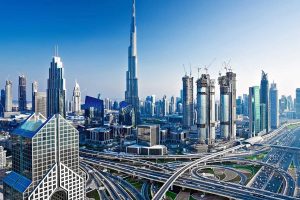
Important stages of designing a real estate website in the UAE:
Designing a real estate website in the UAE is very important as one of the important steps in the development of real estate businesses.
A professional and efficient real estate website can play a central role in attracting customers, displaying properties in an attractive and effective way, and increasing the trust of customers in the company or real estate agent.
In the following, the important stages of designing a real estate website in the UAE will be discussed:
Planning and research:
The first step in designing a real estate website in the UAE is careful planning and thorough research.
At this stage, the needs and preferences of the audience are determined, competitors and similar websites are reviewed, and it is determined what features and facilities the real estate website should have in order to bring the best results to the real estate business.
User interface (UI) and user experience (UX) design:
The user interface (UI) and user experience (UX) of a real estate website are among the most important factors that affect the success of the website.
The design of pages and navigation is such that users can easily access the required information and have a good user experience.
Show properties and their details:
The real estate website should be able to display different properties in an attractive and efficient way.
The use of high-quality images, image galleries, location maps, detailed property information, and features and amenities related to each property are among the items that customers are looking for.
Contact forms and communication with consultants:
One of the importance of the Emirates real estate website is the contact forms with real estate consultants and direct communication with them.
The ability to send messages or direct phone calls to real estate agents is very important for customers, and this possibility should be properly implemented on the website.
24/7 support:
Given that the real estate market is always active and customers may be looking for information and advice at any time, a real estate website should provide 24/7 support.
This can be online with live chat, contact forms, or a phone call.
Search Engine Optimization (SEO):
Constantly updating your real estate website with new content and optimizing it for search engines will increase your ranking in search results and attract more visitors to your website.
Security and privacy:
Information security and customer privacy are among the most important things in real estate website design.
Ensuring that customer information is protected builds trust between customers and businesses.
Designing a real estate website in the UAE requires attention to detail and the introduction of various facilities. These websites should be kept up-to-date and attractive according to the needs and preferences of the customers.
Also, the use of modern technologies and the constant improvement of websites are effective in attracting the attention of customers and increasing the efficiency of the real estate business.
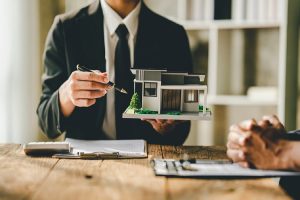
Advantages of real estate website design in UAE:
Designing a real estate website in the UAE, as a basic tool in promoting real estate businesses in this country, brings many benefits and positives.
Below are some of the advantages and benefits of designing a real estate website in the UAE:
Easy access to property information:
With a professional real estate website, customers can easily access information related to various properties.
Information such as the type of property, price, location, images and properties of the property are available to customers in a comprehensive and up-to-date manner.
Flexible scheduling:
The real estate site allows customers to view the required information at any time. This flexibility allows customers to easily check and compare the properties they want.
Easy communication with real estate consultants in UAE:
Real estate website design allows customers to easily communicate with real estate agents.
Contact forms, chatback, online chat and advisor contact information make communication between clients and advisors simple and efficient.
Up-to-date information:
Using the real estate site, you can easily provide information and news related to the real estate market to customers. Notifications, articles, educational materials and news increase customer information.
Increasing customer trust:
A professional and reliable website increases the trust of customers in the real estate business.
A quality website design assures clients that the real estate business is serious and professional.
Increasing access to new markets:
The real estate site allows the business to easily reach new markets and reach international customers.
Reducing costs and scheduling transactions:
With access to up-to-date real estate information and complete specifications, customers can act faster in choosing the right property and carry out their transactions easily.
High competitiveness:
By having a professional and attractive real estate website, your business becomes comparable to competitors and recognized as a reputable brand in the real estate market.
Due to the mentioned advantages, real estate website design in UAE is important as a key strategy in promoting real estate businesses and allows you to expand the market and experience growth and development.
Finally, real estate website design requires attention to detail and the skills of website designers to achieve the best results for the real estate business.
For more information, contact the website support and use our free consultations.
